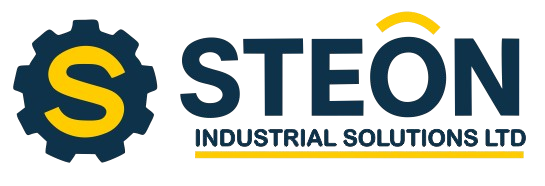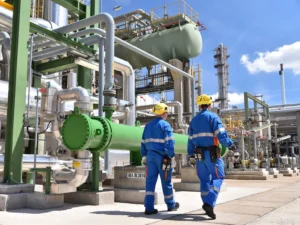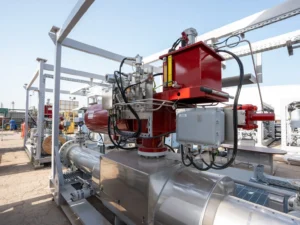n today’s oil and gas industry, wellhead control systems play a critical role in ensuring operational safety, efficiency, and compliance with regulatory standards. As drilling operations become more complex and environmental demands increase, implementing modern best practices and leveraging the right technology is more important than ever.
1. Prioritize Safety and Compliance
Safety is the cornerstone of any wellhead control strategy. Operators should ensure that systems meet international standards such as API, ISO, and OSHA requirements. Regular inspections, functional testing, and redundancy in control systems help prevent failures that could lead to environmental damage or costly downtime.
2. Integrate Digital Monitoring
Modern wellhead control systems increasingly rely on SCADA (Supervisory Control and Data Acquisition) and IoT-enabled sensors. These technologies allow real-time monitoring of pressure, temperature, and flow rates, enabling faster decision-making and predictive maintenance.
3. Choose Reliable Hydraulic and Pneumatic Components
Selecting high-quality hydraulic and pneumatic actuators, control panels, and emergency shutdown devices ensures durability in harsh environments. Materials must be corrosion-resistant and designed to withstand extreme pressures and temperatures.
4. Implement Redundancy for Critical Operations
Critical components should have backup systems in place. This redundancy minimizes the risk of downtime and ensures continuous operation during maintenance or unexpected equipment failure.
5. Focus on Remote Operations Capability
Remote access and automation are no longer optional—they are essential. Remote wellhead control reduces the need for on-site personnel, increases safety, and improves operational efficiency, especially in offshore or remote locations.
6. Plan for Scalability and Future Upgrades
When designing a wellhead control system, consider future expansion, integration with new technologies, and adaptability to evolving industry standards. This future-proofing saves costs and ensures long-term reliability.




